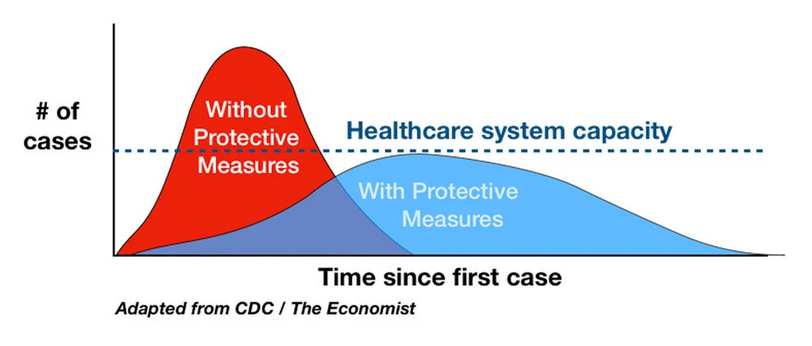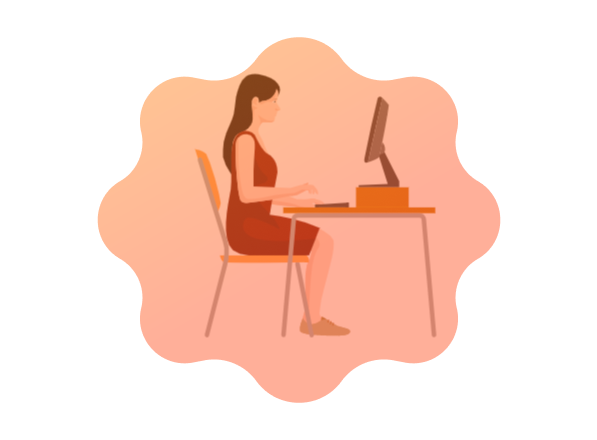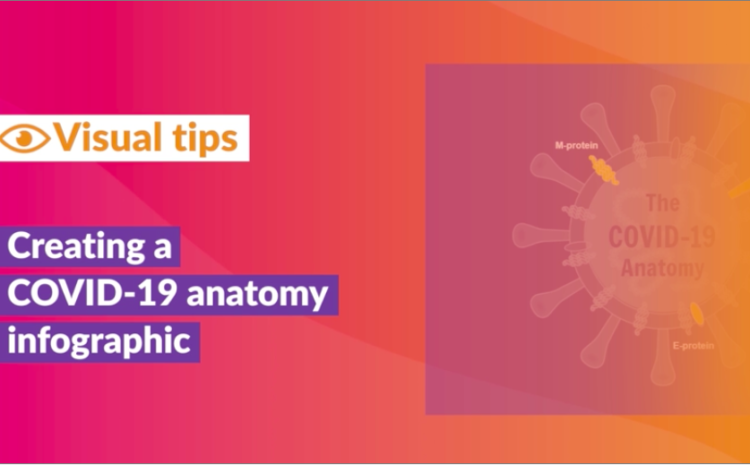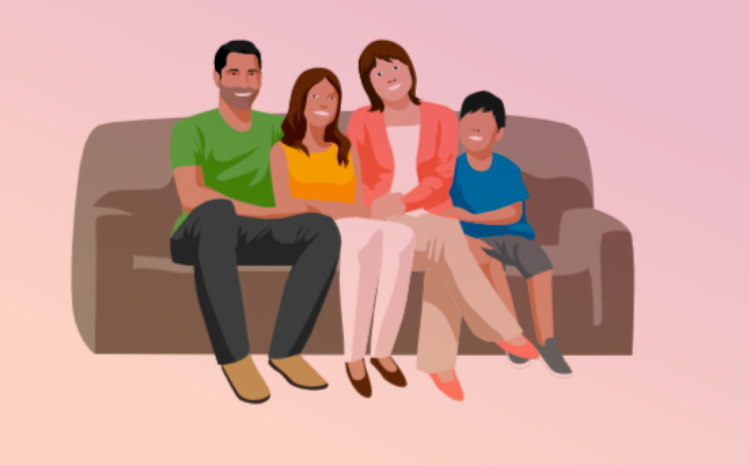Keep some distance is the best measure one can take to prevent viral transmission through the respiratory pathways.
People transmit to other people while speaking, sniffing the nose, sneezing or shaking hands. Some say that two meters (2m) is the distance we should keep others away as a preventive measure.
The image below was published in New York Times, adapting data from the Center for Disease Control (CDC) from the United States. Simple said, it shows how the protective measures, like social isolation and wearing masks may “flatten” the curve and therefore theoretically inhibitin the “peak” in number of cases.

Despite the fact that the total number of cases is exactly the same, flattening the curve means that the healthcare system will not be overloaded and the chance to cure infected individuals giving appropriate support in a critical care unit is higher.
Don’t matter how prepared is a country in terms of number of beds, no one is prepared for an epidemy like this one. Basically, it neves happened. And the worse thing in the coronavirus Covid-19 case is that even people without symptoms can transmit it.
C.D.C. paper titled “Community Mitigation Guidelines to Prevent Pandemic Influenza,” showed what Dr. Harris called two epi curves. One had a steep peak indicating a surge of coronavirus outbreak in the near term; the other had a flatter slope, indicating a more gradual rate of infection over a longer period of time.
The gentler curve results in fewer people infected at this critical moment in time — preventing a surge that would inundate the healthcare system and ultimately, one hopes, resulting in fewer deaths. For a more detailed analysis, see a recent paper in The Lancet, “How will country-based mitigation measures influence the course of the COVID-19 epidemic?”
The way this phenomenon is spreading challenges our ability to predict the next steps, because we are not used to exponential thinking. The infographic below helps us to understand what it means to stay away from other people for some time means. This measure intends to reduce the “transmission index” of the virus from nearly “three” to less than one. Check the image below to understand the carry-on effect it has in 5 days and 30 days.

If the coronavirus viral transmission follows it’s natural course, in 5 days one person will likely transmit the Covid-19 to 2.5 other people. Moving forward, this same 2.5 people will have impacted a total of 406 people. That’s exponential progression. It’s huge. If we cut transmission rate to the half, it means only 15 people affected after 30 days. It doesn’t take much to understand the positive impact this has on the pressure on the health system.
If you wanna read a very detailed explanation about how this type of measure works and why it impacts, we recommend reading this post. If you are concerned that social isolation may affect some people who are not emotional stable, or have previous health issues, well, you’re also right according to this interesting opinion paper on Science. It’s a little “chicken or egg” kind of dilema, but social isolation is something we definitively should do at this time. The best tip is to find something to do, distract yourself and try to keep connected with your folks.

Subscribe to our newsletter
Exclusive high quality content about effective visual
communication in science.




